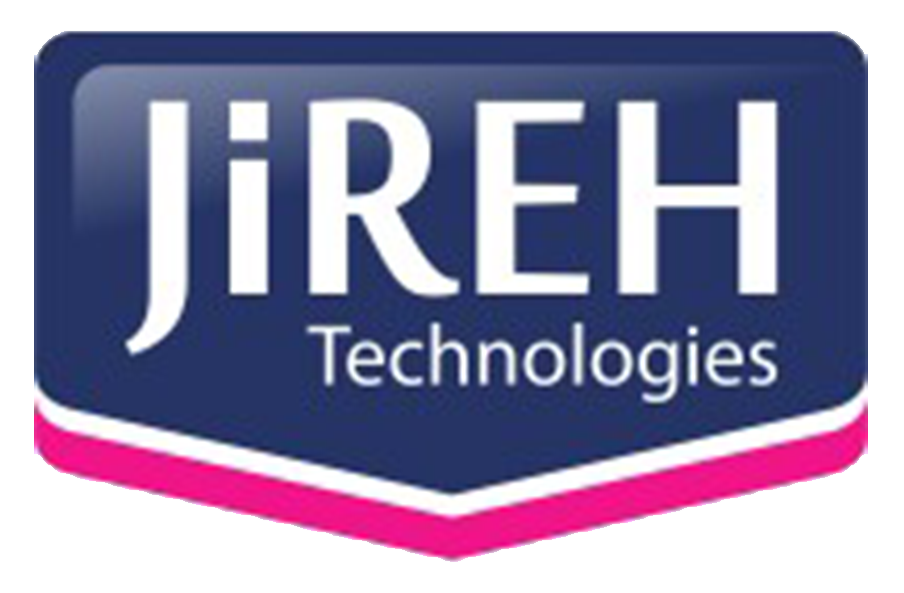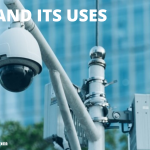Access control is a means to authorize, restrict, or deny entrance or exit of people and/or vehicles into a specific area. It is used to protect property, employees, and other assets such as inventory, equipment, information, and cash. Although access control can refer to any method for achieving this, such as locks and keys or security guards, it specifically describes a more effective, high-tech means of protection.
BASIC CONCEPT
What an Access Control system should always do:
Check the presence of a Subject to Identify (person, asset)
Identify the subject
Control the authorization / Authentication
Allow or refuse passage
Register all movements
Further an Access Control system should be Reliable in any condition, specifically on emergency events. It should be simple to operate from each user.
BENEFITS
Asset Protection
Prevention of Illegal Entries
Enhancement of Personal Safety
Reduction of Security Costs
Facilities Management
TYPES OF ACCESS CONTROL
KEYS
Costly to re-key
Easy to duplicate
HUMAN GUARDS
Expensive
Possibility of human error
ELECTRONIC ACCESS CONTROL
Inexpensive to maintain
Difficult to duplicate
Validate and invalidate a user in seconds
Identify Who, Where and When (audit trail)
Readily adaptable to changing security needs
Temporary users
HOW ACCESS CONTROL SYSTEM WORKS
User swipes card
The reader sends card data to controller
Controller a. interprets card data b. checks time and date info c. makes decision access granted or denied
Locking device receives a signal from controller to unlock OR remained locked
Activity is logged or recorded on an output device
DOOR CONTROL HARDWARE
Electric Strikes:
Installed on the mechanical lock side of the door, electric strikes are the most common door control apparatus. Powered by low voltage AC or DC, strikes can be selected to be fail-safe, meaning that the door is open if power fails, or fail secure, where the door remains locked in the absence of electrical power. Electric strikes are typically used on framed wooden and metal doors and are generally the least expensive way to control doors.
Magnetic Locks:
Magnetic locks use an electromagnet to provide a powerful locking force to a door. The electromagnet is installed in a fixed position, while a metal plate is installed on the moving portion of the door, lined up with the magnet. Magnetic locks can provide various amounts of holding pressure, from 300 to 1,200 pounds. These devices are by nature fail-safe, as removal of power, whether by the access system’s controlling relay or by power failure, will release the door. Power supplies with backup batteries are often used to provide emergency power to magnetic locks.
Request to Exit Devices:
REX devices are installed with the detection device near the controlled door or doors to allow non-alarm exits of individuals. In the case of an access-controlled door, a card reader is mounted on the outside which allows authorized personnel in. The door is equipped with a position contact (door status) that tells the access control panel whether the door is open or closed. When a person chooses to leave a building through this door, the input must be provided to the access panel, telling it to unlock the door. This REX input can be another card reader on the inside of the door, and the person can present a valid credential to activate the access system. Placing another reader on the inside of the door is costly, and is generally only used in high-security applications where anti-passback functions are needed.
This release input also allows the door to be opened from the inside without generating an alarm condition. In some cases, the request to exit device is a labelled switch that is manually pressed. The request to exit input also can be included in the door’s panic release push-bar.
Credential Technology:
Different types of devices can be installed to provide input for authorized users to open a door or access a specific device. Credential readers take the input from User’s Access Card, Keypad Input, and Biometric Information.
Information is transmitted to the access control panel, which decides to allow or disallow the access request based on its programming and database. Most credential readers, regardless of type, will standard communications protocol such as Wiegand.
Proximity Card Readers:
The proximity card is the predominant technology used for access control. The card reader transmits a specific RF frequency at all times. When a card containing the specific access control credential coding nears the reader, the reader’s transmitted energy is picked up by the card, which uses that energy to transmit its coded information to the reader on a different frequency. Proximity readers can be either short- or long-range, with the long-range units providing a higher RF power output to allow for longer read distances.
Advantages of Card Readers
The card can stay within a purse or wallet, not requiring the user to extract them.
The card read times are very fast because access control information is in a simple, short format. There is no card slot, which can be jammed with glue or ice.
Cards can be printed with the user’s photo and other information, providing a combination ID badge and access control card.
Access Control is a key pillar of today’s security. The growing need to control access to buildings and areas, more flexible working time models and the limitations of mechanical locks make a modern and reliable access control system indispensable. Jireh Technologies/Bosch offers complete, reliable, and scalable access control solutions for any medium to large-sized application.



